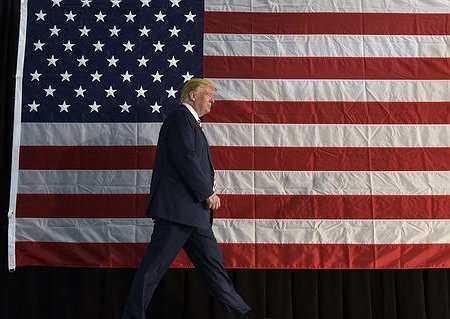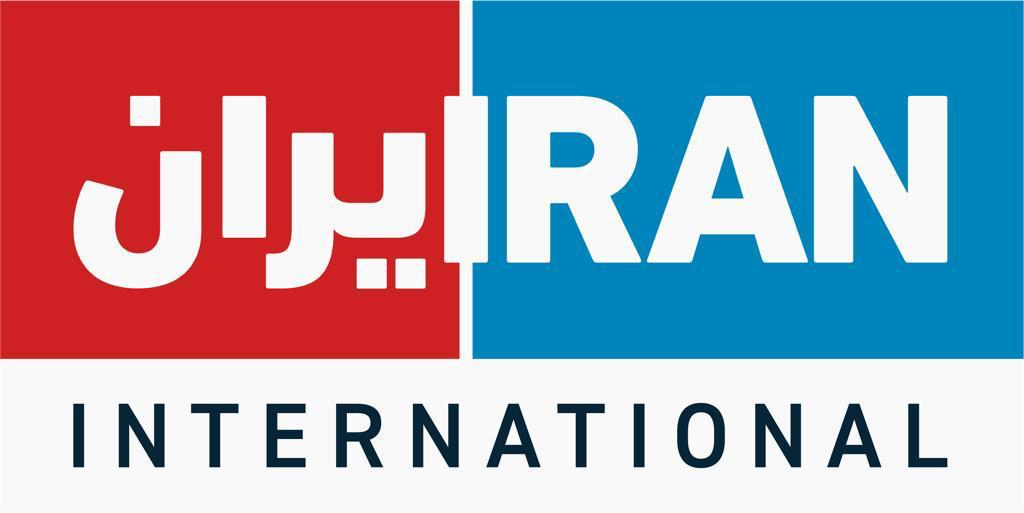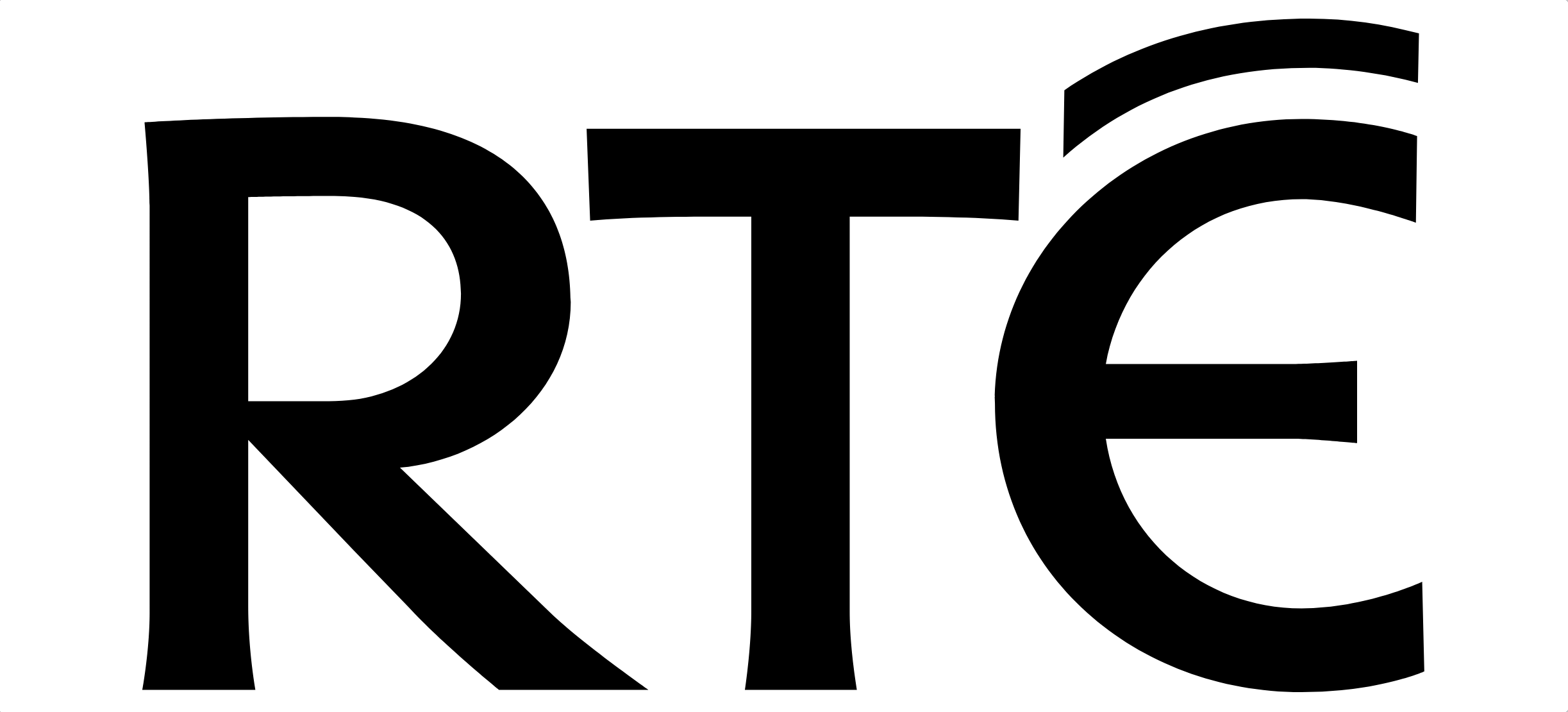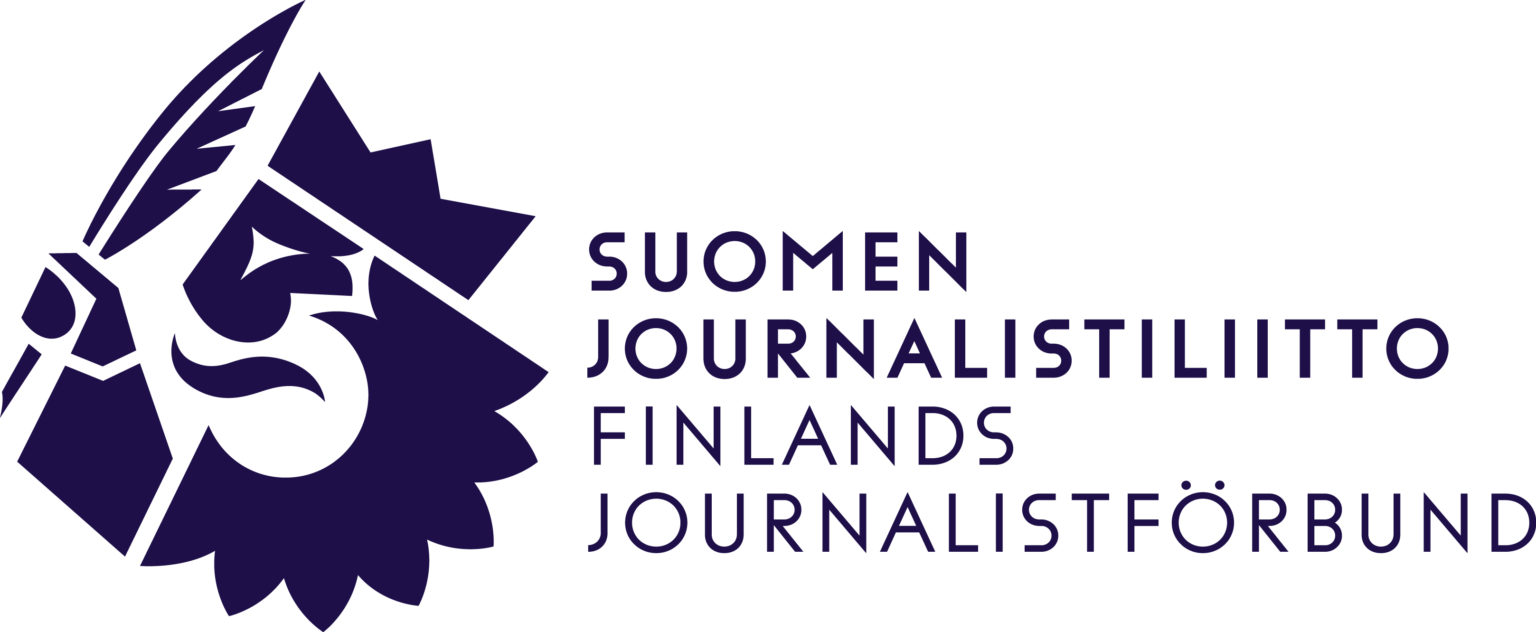With US presidential candidate Donald Trump branded a threat to press freedom by the Committee to Protect Journalists, and outright hostility and threats to journalists from his supporters, the upcoming US election looks set to be a risky assignment.
BBC High Risk Safety Advisor Tim Moffat says that thorough planning and management are essential to ensure smooth and safe coverage of any major event, from elections to sporting tournaments such as last summer’s UEFA Euro 2016.
Step 1: analyse and assess
Discuss your production team’s plans for the event and what type of stories they will be working on. The Rio Olympics prompted as many stories about crime, poverty and favelas as it did about sport.
Assess the main safety concerns associated and conduct a thorough risk assessment, taking into consideration relevant historical issues, the cultural context in which the event is taking place and current affairs within the country.
Is your team most at risk from protests, petty theft, terrorism or hooliganism?
The BBC's high risk team were able to anticipate violent clashes between English and Russian fans at Euro 2016 by analysing historical matches between the two nations and identifying the location in which they were playing, Marseilles, as potentially problematic due to violence involving England fans there during the 1998 World Cup.
"In France there was an underlying terrorism threat due to the attacks across Europe, but hooliganism and the possible impact on our team was our main safety concern. England playing Russia in Marseille was a double concern," said Moffat.
Step 2: mitigate
Having determined the biggest risks, see how they can be minimised. From ensuring your team has the appropriate visa, vaccines, press accreditation, level of training and equipment, to consulting with local experts and security advisers, you can eliminate and reduce many safety concerns.
Big events attract large numbers; knowing how to work in crowds is essential for anyone covering them.
It is a good idea to split your team into 'event coverage' and 'newsgathering' to ensure no-one covers something they do not have the appropriate level of safety training for. The 'event coverage' team focuses on the event (i.e. the debate) and the newsgathering team focuses on everything else (protests, riots) taking place outside. Newgathering teams are most at risk. Look at exposed areas and decide if you need to use security advisors, back-watchers or local security support.
Is it feasible and necessary to visit the main locations where your team will be working and staying during the event? Virtual recces (conducted using Google maps) can help familiarise you with distances and logistics, but physical ones are preferable in order to better understand the area and level of security in which your team will be operating.
Ahead of Euro 2016, many media organisations attended "friendly" football matches to get an insight into the security situation and layout of certain stadiums and see where the fan zones and media tents were in relation to the studio they would be broadcasting from. Insist on short, tailored training courses to make staff aware of the risks they may come up against during the event and how to deal with them.
Step 3: update
During the event it's important to keep your team's awareness up. Daily briefings, updates and sharing of security issues are all good ways to ensure staff do not become complacent and remain alert to potential safety problems.
Local knowledge is important. Consult trusted people who are familiar with the area, in-country embassies or consulates and follow local social media threads. The latter can alert you to planned strikes or protests that may have nothing to do with the event, but can affect your team's movement and coverage of it.
Share information with other security advisors. During the Olympics, INSI set up a real-time information exchange for its members to help them to stay safe in Rio and alert them of any safety issues experienced by other media organisations.
The Washington Post recently reported that a number of journalists covering the US election are concealing or removing their press credentials when leaving the press pen to avoid confrontations with Trump supporters. Others are moving around in pairs to prevent getting isolated and becoming a target for an angry crowd.
Be dynamic: re-evaluate and update your risk assessment.
Step 4: debrief
Always conduct a thorough post-event analysis to discuss what went right and what could have gone better. Ask colleagues who attended the event to give their feedback on how safe they felt throughout the event.
Image by AFP



























































